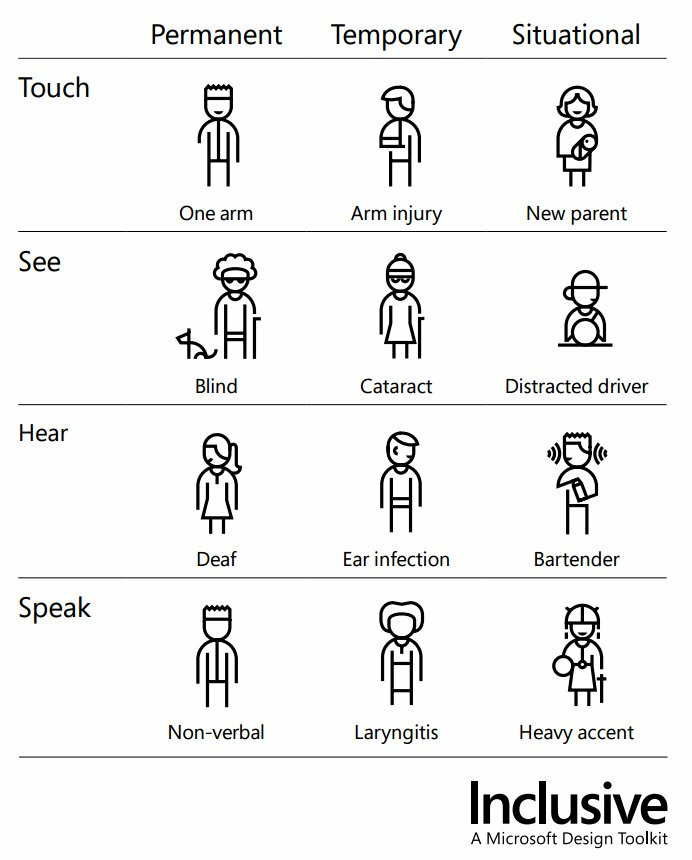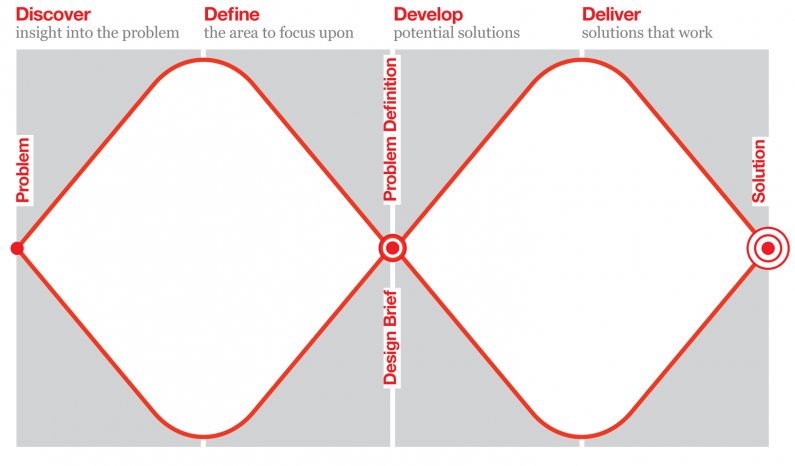

What is UX and why does it matter?
Awdur: Becky Colley;
Amser Darllen: 6 munud
Mae hwn yn adnodd agored. Mae croeso i chi ei gopïo a'i addasu. Darllenwch y telerau.
Os hoffech gymorth pellach gyda'ch her ddigidol, trefnwch sesiwn am ddim gyda DigiCymru
UX, or user experience, design is the process of creating experiences that are easy, relevant, and accessible to everyone.
This includes your website and how it links with ‘offline’ experiences, such as signing up to volunteer then helping out at a fundraising event. It also includes any other digital products like apps or voice assistants.
A lot of people hear the word ‘design’ and assume it means ‘making something look nice’. UX design actually means ‘working collaboratively to make the world a better place, for everyone’.
Think about the last time you had a frustrating experience. Here are some common examples:
- You were trying to complete a web form but couldn’t submit it and didn’t understand why
- You wanted to book a flight but the app also tried to get you to add on luggage, choose a seat, hire a car, book a hotel, pre-order a drink, and buy travel insurance
- You couldn’t see the detail on an infographic because the text was small and the background was distracting
- You clicked on an advert but the website it took you to didn’t look how you expected, so you weren’t sure if you could trust it
- You couldn’t read a news website because the page was full of pop-up advertisements, a request to join the mailing list, and a cookie banner
Good UX design helps avoid those problems and many more.
Language, acronyms, etc.
First things first. If you’re new to this, it’ll sound like tech people speak a foreign language sometimes. Remember everyone was unfamiliar with this once.
Indeed have pulled together a handy list of 100 technology terms to know.
Most importantly: if you’re not sure, ask. There are no stupid questions.
Now let’s get to it. In plain English!
UX design disciplines
User experience design is broken down into ‘disciplines’, or specialisms.
You don’t need a whole UX team to think about things this way.
An understanding of these specialisms will help you work better with designers, and understand the value each brings to your projects. It’ll also help you to recruit the right person into the right role if you decide to hire a designer to be part of your internal team.
User research
If you hear UX specialists preach about one thing, it’s making decisions based on data.
We don’t design based on assumptions, or one person’s preference, or the highest paid person’s opinion. We research to make sure we’re focussing on, and fixing, the right problem/s.
This can be existing information, such as issues the customer service team report on behalf of your supporters. You might need to gather it from scratch, by doing user interviews, surveys, call-listening, card sorting, or more.
There are many ways to understand more about your users. All fascinating.
Honestly, this can be a time-consuming part of the process. But it’s vital. Because without it you run the (huge) risk of spending even more time, and money, on the wrong things.
UX design
UX designers use research to understand user needs so they can create the best solutions. They come up with ideas, then share them with people to test them.
Have you ever used the travel app Citymapper? Have you noticed that the ‘Get me home’ button gets bigger at night? That’s because the designers realised drunk people struggled to use it. Would they have noticed if they hadn’t tested their initial idea with real users?
As well as solving problems, UX designers help the team to think about accessibility. This means making sure anyone can use your products, for example those with a sight impairment or learning disability. It’s estimated that 1 in 5 people in the UK have an additional need.
Accessibility should not be an afterthought, but built into everything you do. Inclusive design benefits everyone.

UI design
User interface designers build on the design. Their expert eye makes it more intuitive. They make sure the branding is right. They add animations, which tell users something is happening based on an action they’ve taken.
Content design, or UX writing
Content design and UX writing are different. But for simplicity consider them both as “writing words that everyone understands”.
They write in plain English. They keep sentences and paragraphs short and easy to digest. They make sure actions are clear, for example by avoiding “click here” and instead using “contact us”.
UX design process
Generally, UX designers use the Design Council’s “Double Diamond” (or something very similar).

Double Diamond
Discover: This phase involves gathering the data we already have. It’s also when we speak to the people affected by the issues, to really understand the problem. We challenge our own assumptions and learn as much as we can.
Define: The insights gained during discovery help us reconsider the challenge. Now we can decide what to focus on.
Develop: Here we seek inspiration from elsewhere. This could be other organisations who are doing things well, for example. We co-design with a range of different people from across the business.
A range of perspectives is really helpful. It gives people an opportunity to raise questions. Getting everyone involved in solving problems means we’re all invested in the outcome.
Great design needs collaboration.
Deliver: UX design involves a lot of ‘testing and learning’. This means trying out ideas and solutions while they’re quite new. Then you can make improvements while things are still being worked out, before decisions feel too final.
It’s okay to get things wrong. UX design encourages people to ‘fail fast’. Learning that something needs tweaking or doesn’t work is good: now you’re not continuing to waste effort on the wrong thing/s.
A key part of introducing UX design to your organisation is making sure that people feel safe to take risks. Going back to the drawing board, sometimes literally, is an acceptable part of the process.
Why do all this?
There is a greater demand for UX design than ever. This way of thinking, and working, is here to stay.
It helps you design better products and create better experiences for your customers. Both of which are just nice. It also means they feel valued, so they stick with you and don’t move on to competitors so easily.
UX design helps you avoid risks, e.g. if a supporter pledges to leave a gift in their will, you can also use that opportunity to check if they consent to marketing. No one wants to be reported to the ICO. And you definitely want to avoid bad press for design that isn’t inclusive.
There are also laws around having an accessible website. Besides maintaining your brand reputation and avoiding fines, making sure anyone can use your products is the right thing to do.
That’s enough for now
You can probably tell that this article could be ten times longer. Don’t let this feel overwhelming — UX design is interesting, fun, and will add significant value to your work and organisation.
Give it a go, learn lots, be creative! Some thought given to UX design is better than none at all.
Wedi'i gomisiynu gan Catalyst
